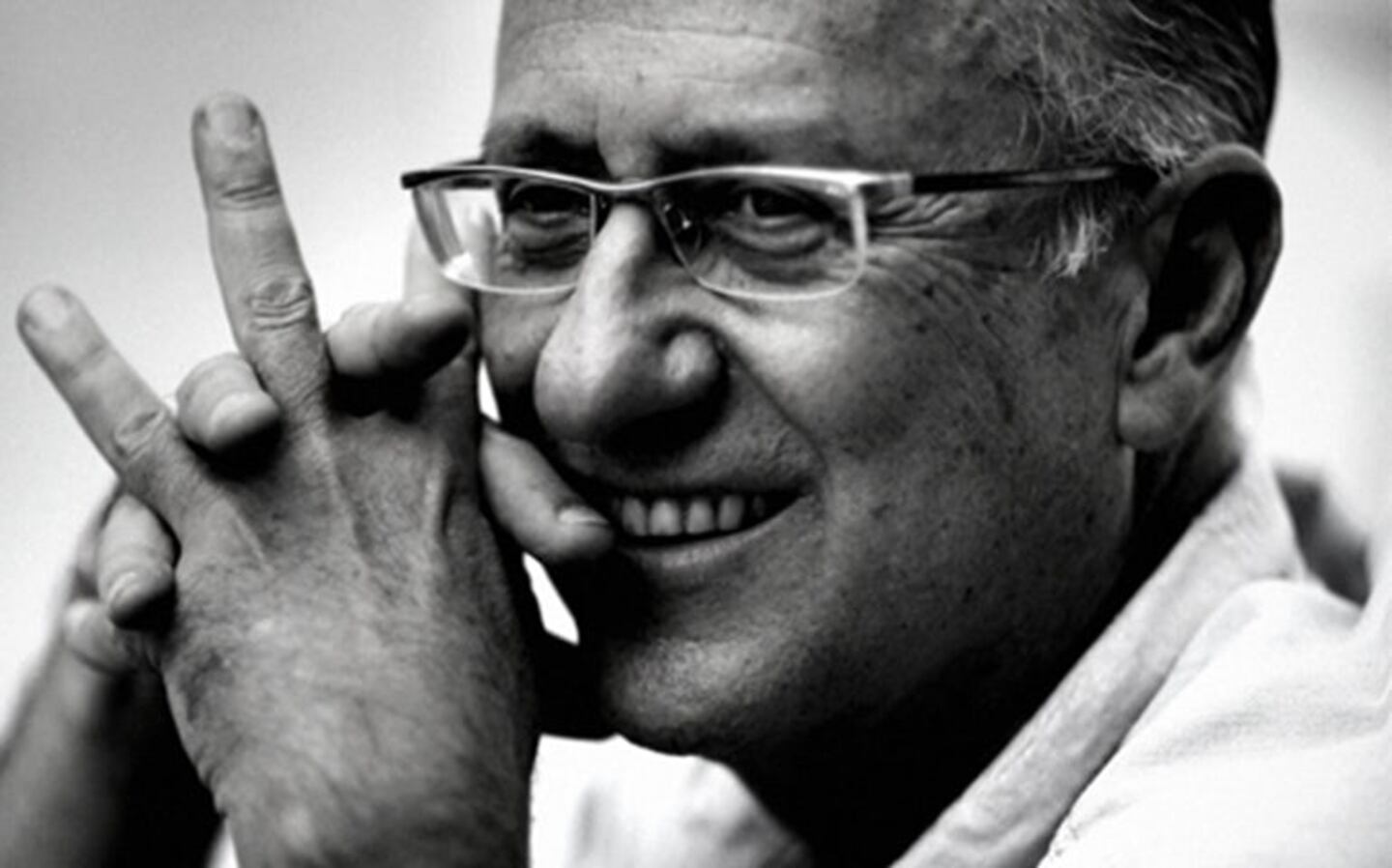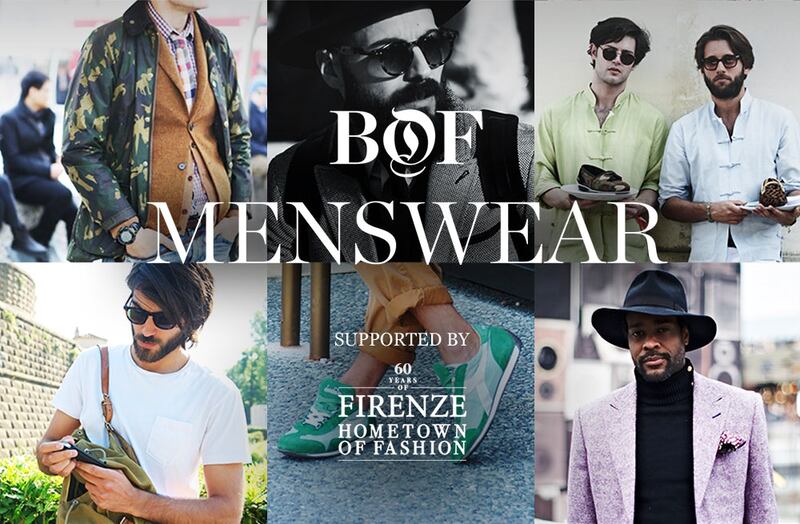
The Business of Fashion
Agenda-setting intelligence, analysis and advice for the global fashion community.

Agenda-setting intelligence, analysis and advice for the global fashion community.

FLORENCE, Italy — Andrea Panconesi, chief executive of Luisa Via Roma, is the third apparel and accessories retailer in his family in as many generations and father to the fourth. His grandmother Luisa first opened the Luisa Via Roma store as a hat boutique in 1930. But tradition did not prevent the Florentine store from becoming an early adopter of e-commerce at the turn of the new millennium. Now, online sales comprise the lion's share of the company's revenues (men drive 45 percent of total revenue) and its website attracts about four million unique visitors per month, enjoying global recognition earned, in no small part, through its staging of the Firenze Forever festival, a fun and relaxed event, now in its ninth season, that attracts some of the world's most influential menswear bloggers to shoot the store's new collections in the three days immediately preceding Pitti Uomo.
BoF sat down with Andrea Panconesi, chief executive of Luisa Via Roma, to learn more.
BoF: How has Luisa Via Roma managed to maintain its unique DNA over the years while staying at the vanguard of fashion?
AP: It’s a long story because it’s a family story. It goes back four generations and it’s still a family business. This is the difference between us and our competitors. I believe we are the only one left in the world as a top quality designer e-commerce business that is totally private. All the other competitor companies are partnered with hedge funds or whatever; we are 100 percent private.
ADVERTISEMENT
BoF: Tell me about Firenze Forever.
AP: We are launching the ninth edition of Firenze Forever in June. The event started by chance, like everything else. We like to follow our mood. Anybody in this young and small company can have ideas. We listen to everybody. We invite prominent bloggers — designers this year will be invited too — and journalists, and then everything will of course be translated and developed on site. This is one of the major differences: that we are able to organise offline events and then translate them online.
BoF: Luisa Via Roma has a significant e-commerce business. How did this come about?
AP: Everything has changed in the 15 years it took to develop to what it is now. It was fulfilling a need that our clients were asking us: to see the new collections. Rather than sending them pictures by mail or the catalogue physically, we decided to open an e-commerce [store]. We had to hire engineers from university and explain what fashion was about. We are the owners of the platform. When we first started, no commercial platform existed. That was very hard at the beginning. The advantage now is we can update and change it without having to outsource programmers. That was also very hard for us because we had to really start from a blank, white piece of paper. Now, this makes us very quick and able to respond to fashion ideas that come to our mind. The fact that we are able to change in 24 hours and update our programme in real time — it’s a big advantage.
BoF: Tell me about your buying strategy.
AP: We have 400 different designers, including shoes and accessories. To put them together is big, big work. One single collection is easy to put together, but to put together and coordinate designers from different parts of the world is very complicated. But the result is that there is no mono-brand [store] in the world that can compete with us in terms of volume. The service we give to our clients is different to the mono-brands and their online [offer]. Take Chanel, Gucci, Prada, etcetera. They tend to show online their whole collection, which might be 500 pieces. We do 50 pieces that we believe are the most important, both in new ideas or because of good quality, according to the price and style. We select the best for our clients.
This interview has been edited and condensed.
Luisa Via Roma is one of 30 leading menswear retailers recently recognised by The Business of Fashion and Pitti Immagine. To explore the full list, visit BoF's new Menswear Hub, where you will also find menswear news and analysis from BoF correspondents and around the web, as well as a live index of the most influential people shaping the global menswear market.

From analysis of the global fashion and beauty industries to career and personal advice, BoF’s founder and CEO, Imran Amed, will be answering your questions on Sunday, February 18, 2024 during London Fashion Week.
The State of Fashion 2024 breaks down the 10 themes that will define the industry in the year ahead.
Imran Amed reviews the most important fashion stories of the year and shares his predictions on what this means for the industry in 2024.
After three days of inspiring talks, guests closed out BoF’s gathering for big thinkers with a black tie gala followed by an intimate performance from Rita Ora — guest starring Billy Porter.